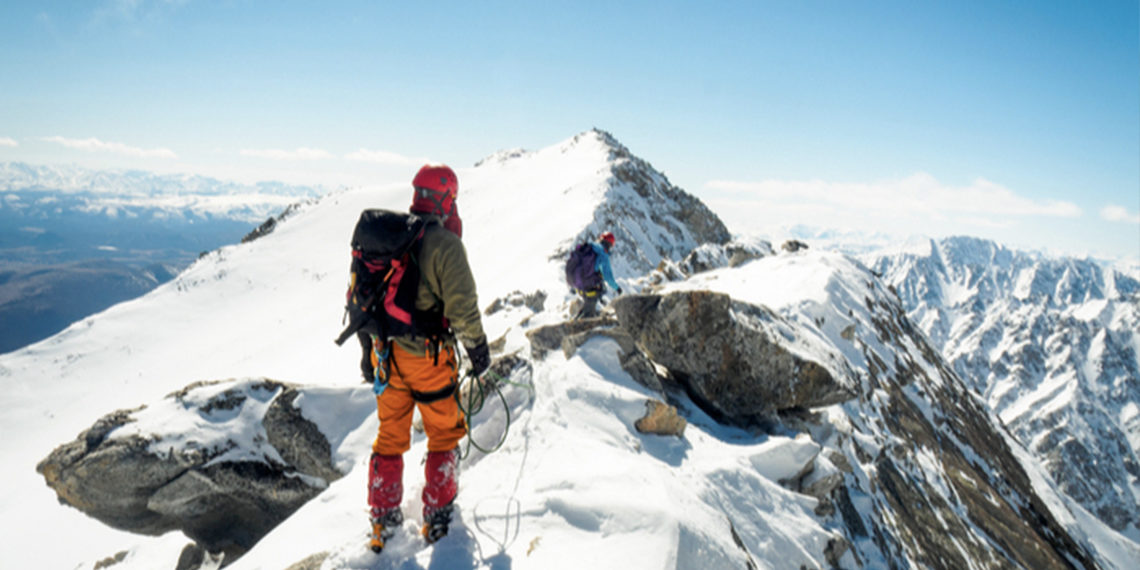It would be a shame to train for months, or even years, to make it to Everest only to fail at securing a proper climbing permit because you didn’t come equipped with everything the local authorities require. Apart from signing a waiver that promises you’ve had the proper training, you need to prove you have all the necessary gear and equipment to survive the two-month long exhibition. This also means you need to show you have the means to carry your waste, including your feces, off the mountain.
Garbage and human waste on Mount Everest have become such an issue that the local government has enacted strict measures to prevent waste buildup on the mountain. Climbers are required by the Nepalese authorities to pay a $4,000 garbage disposal deposit; it’s only refunded when the climber returns from the exhibition with at least 18 pounds of trash, including human waste. If the average person produces 14-17 ounces of feces a day, the climber could easily produce 50 pounds of waste over two months.
While only 800 people attempt to reach Everest’s summit each year, the mountain still welcomes over 36,000 visitors. Because Everest sees thousands of visitors each year, the unfortunate reality is that tons of human waste and garbage are left behind. Approximately 28,000 pounds of waste collected from the Everest base camp in just the last year – this number doesn’t include all the feces climbers leave on the trail or try to hide within the mountain’s cracks and crevices. Some climbers will try to bury their wastes in the snow.
But what happens when the snow or ice melts? That’s right, human waste gradually slides down to the mountain’s base, causing disruption and health risk to nature, wildlife, and communities.
Include Waste Bags in Your Everest Exhibition Essentials
Because of Everest’s growing waste problem, authorities require all visitors to carry their waste off the mountain. With that being said, most exhibitions take about two months and this means being prepared to carry your poop for the length of that trip.
Responsible climbers don’t pee or poop in any regular bag. Plastic bags are not puncture-resistant, while paper bags were not built to hold human waste. The best solution is to pack a supply of waste bags. Waste Bag is an industry standard term that stands for ‘Waste Alleviation and Gelling’ Bag.
When nature calls on the climb, move off the route and deposit your wastes in a RESTOP RS1 or RS2. RESTOP follows the Leave No Trace movement, an initiative that aims to reduce the recreational impact on nature. RESTOP waste bags boast sophisticated chemicals that are non-toxic and approved for landfill disposal. Both RS1 and RS2 were designed to convert human waste into a deodorized gel, making the waste bags odor-free. Thanks to the RS1 and RS2’s sturdy bag within a bag system, they are puncture-resistant and can be easily rolled up and packed away with the rest of your gear until you can throw them away at a proper disposal site, leaving no damage behind.



